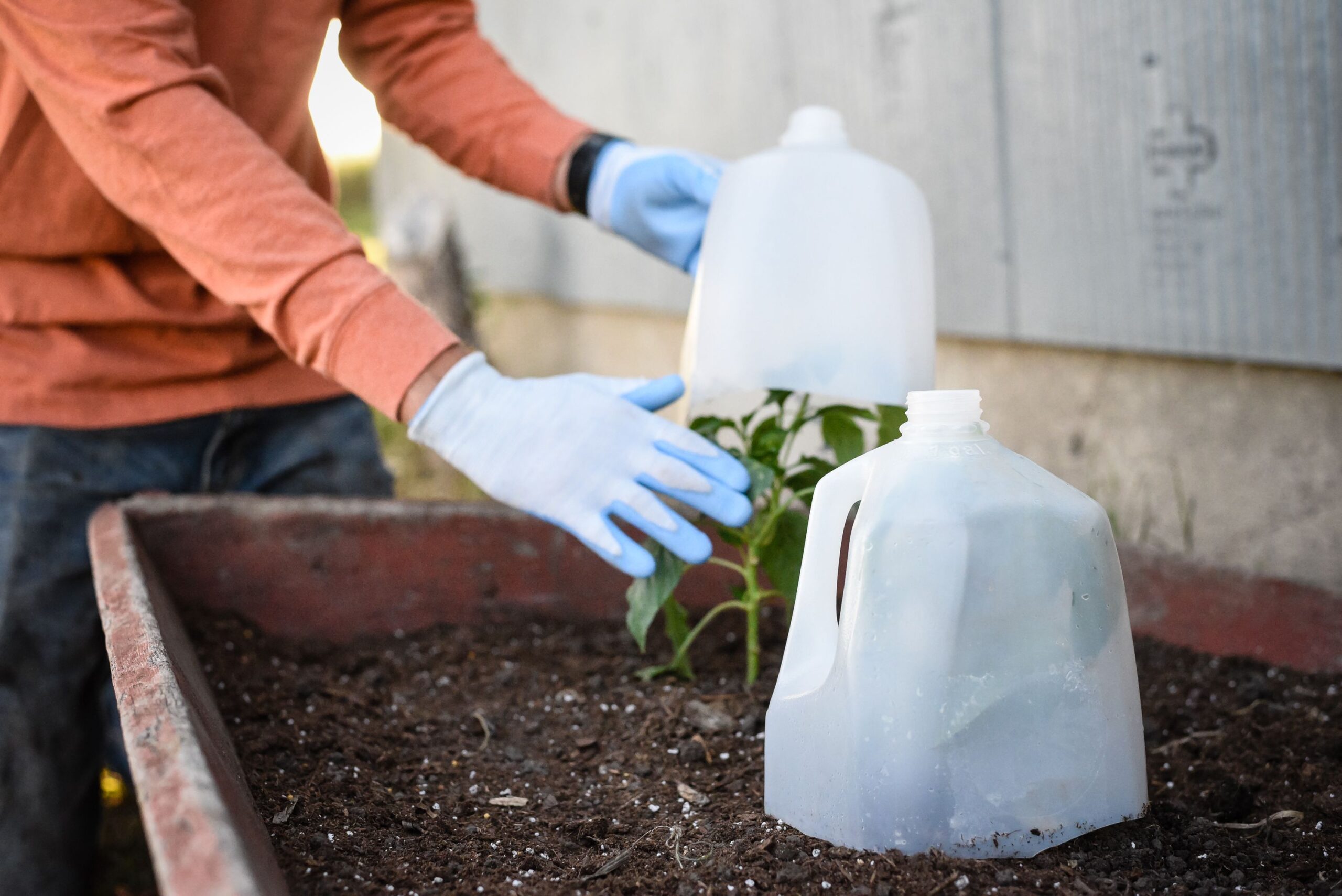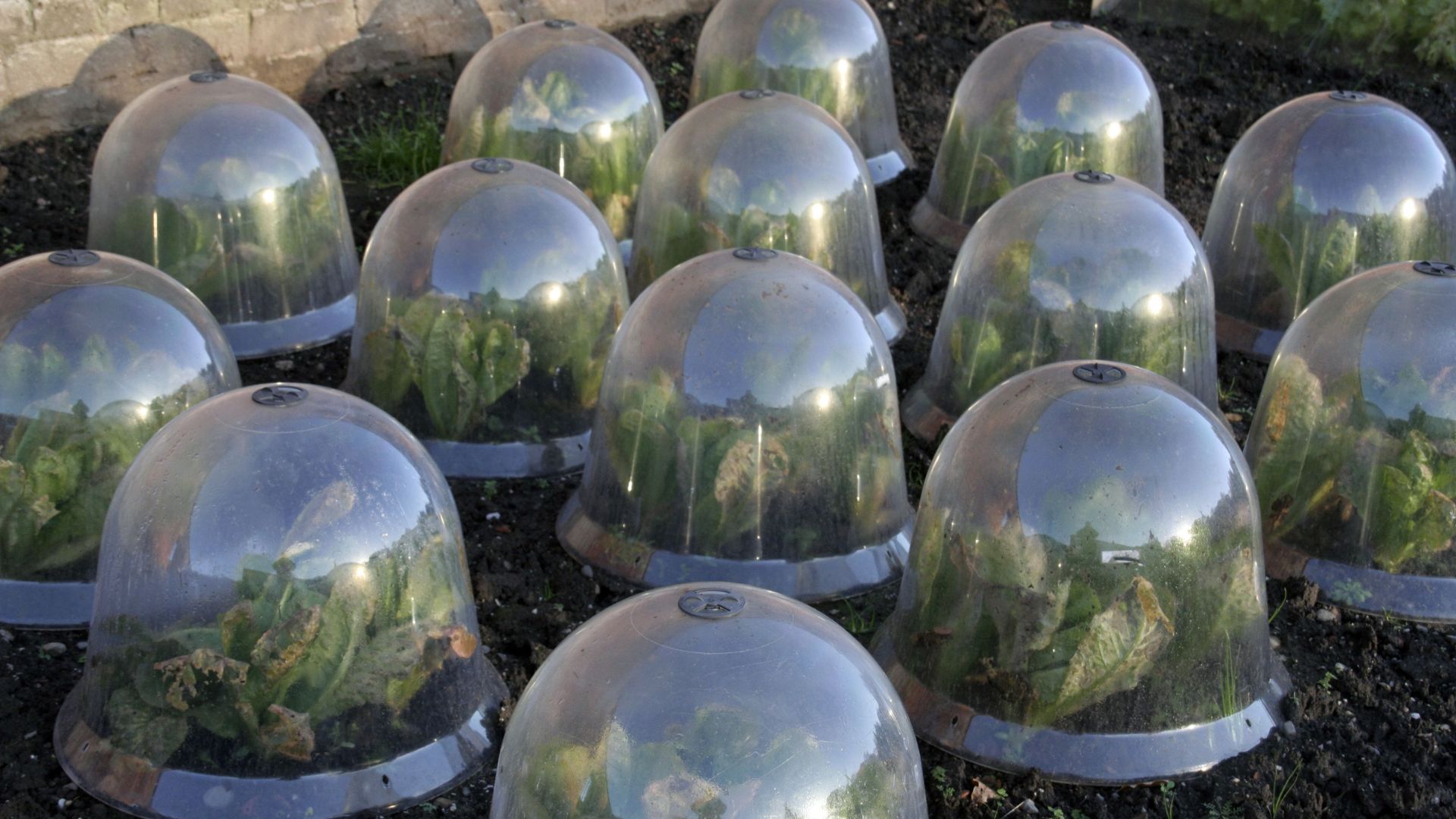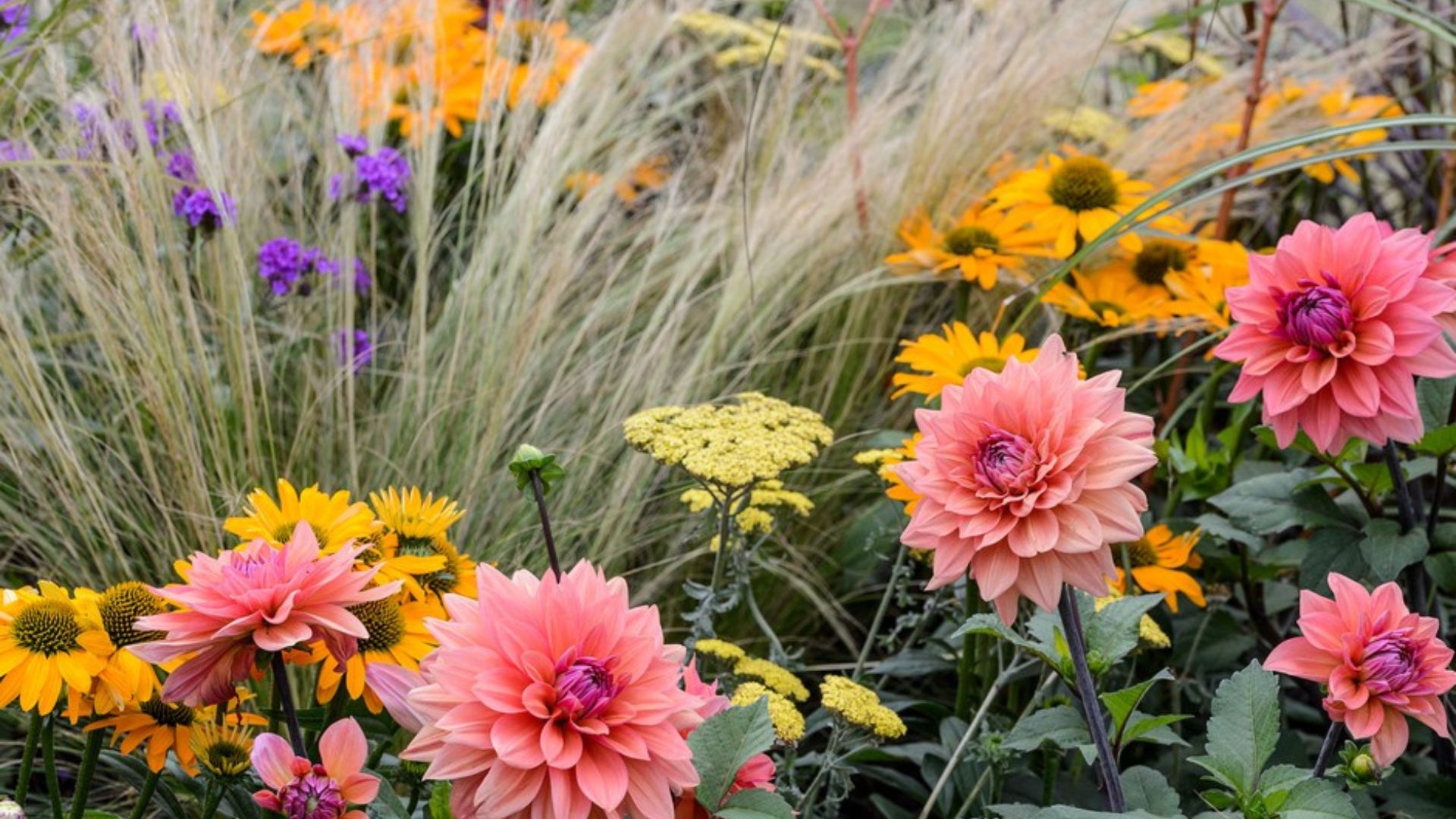When temperatures drop unexpectedly, frost can damage or even kill your beloved plants. Learning how to protect plants from frost ensures your garden remains healthy through chilly nights. Frost forms when water vapor freezes on cold surfaces, harming tender leaves and stems. Fortunately, you can take simple, effective measures to shield your plants and help them thrive despite cold weather. In this post, we will explore practical methods to safeguard your garden from frost damage.

Understand Frost and Its Impact on Plants
First, it helps to understand why frost poses a threat. Frost occurs when the temperature near the ground drops below freezing, causing ice crystals to form on plants. These ice crystals can rupture plant cells, leading to browning, wilting, or death. Some plants tolerate frost better than others, but even hardy varieties suffer if exposed for too long. Recognizing frost risk early allows you to act proactively and prevent significant damage to your garden.
Choose Frost-Resistant Plants for Your Garden
One of the best ways to protect your garden is to select frost-resistant plants. These varieties have adapted to survive cold temperatures and recover quickly. Examples include pansies, kale, and hellebores. By planting frost-tolerant species, you reduce the risk of losing valuable greenery during unexpected cold snaps. Moreover, mixing hardy plants with more sensitive ones lets you create a garden that stays vibrant throughout the season.
Cover Plants Using Protective Materials
Covering plants is a proven method to shield them from frost. You can use frost cloths, burlap, or even old bedsheets to create a barrier against the cold. Start by draping the fabric loosely over your plants before the temperature drops. Make sure the cover extends to the ground to trap warmth effectively. Avoid plastic directly touching leaves, as it can cause more harm than good. Instead, use stakes or frames to keep covers elevated and protect your plants through the night.
Water Plants Well Before Frost Hits
Surprisingly, watering your plants before a frost event can help protect them. Moist soil retains heat better than dry soil, creating a warmer microenvironment for roots and lower stems. As a result, plants withstand cold temperatures more easily. Be sure to water your garden in the afternoon so the moisture penetrates deeply before the temperature drops. However, avoid overwatering, which can cause other problems like root rot.
Move Potted Plants Indoors or to Sheltered Areas
For gardeners with potted plants, relocating containers during frost warnings proves very effective. Moving plants indoors or to a garage offers protection from freezing air. Alternatively, place pots against walls or near heat sources outside to provide additional warmth. This strategy reduces exposure to frost, preventing damage to roots and foliage. Remember to acclimate plants gradually when moving them back outside to avoid shock.
Use Mulch to Insulate Soil and Roots
Applying mulch around the base of plants insulates soil and helps regulate temperature fluctuations. Mulch materials like straw, wood chips, or leaves create a protective layer that traps heat and keeps roots warm. This natural barrier also preserves soil moisture, which further aids plants in cold weather. Apply mulch several inches thick in late fall or before frost warnings to give your plants the best chance of survival.
Monitor Weather and Plan Ahead
Finally, monitoring weather forecasts allows you to prepare for frost events in advance. Many gardening apps and websites provide local frost alerts that can help you take timely action. Planning ahead gives you time to cover plants, water them, or relocate pots before temperatures fall. Staying vigilant ensures you protect your garden effectively and minimize frost damage.










